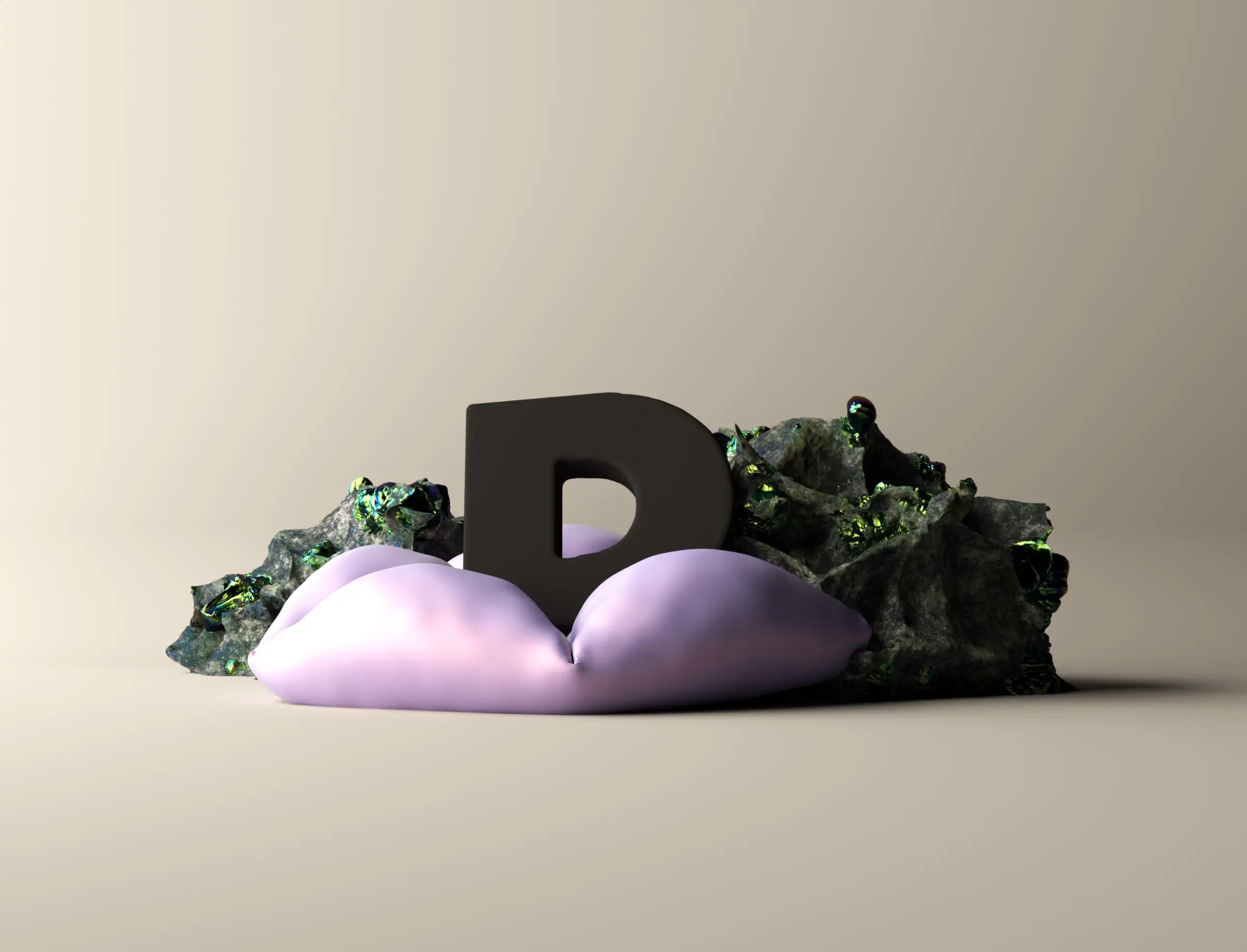The Danish Design Award winners are chosen based on our five design values, representing design’s most crucial role and potential today. We celebrate design solutions because of their unique and stand-alone quality and experience. Boxes and defined categories do not enhance that.
Our highly qualified jury finds and qualifies the winners based on the criteria:
Do no harm
Whether it is about the rampant loss of biodiversity, escalating mental health concerns of the young, the deepening disparities between the global north and south, or any other of the many symptoms of our current predicament, the future needs thoughtful and empathetic design to ensure a thriving world of tomorrow. We need design that acknowledges today’s challenges and actively contributes to their remedy – crafting a kinder and gentler future based on coexistence and inclusion.
It may involve new methodologies, tools, or practices. It may be based on a new business model, new technologies, unexpected ways of minimizing impact, recycling, or novel ways of fostering a sense of belonging or empowering the dispossessed or otherwise marginalized. Or it may be something completely different. But it has to be:
Actions for a better world.

Pursue beauty
Danish design has a long tradition of striving for aesthetic excellence, going beyond mere notions of beauty. It combines functionality with unadorned, minimalist, and often poetic aesthetics to create timeless designs with a strong emphasis on quality and usability. Frequently, it has been said that Danish design is inextricably rooted in the Danish welfare state, using exceptional craftsmanship to promote democratic and holistic values.
We welcome contributions that stand on the shoulders of our rich and highly impactful design and cultural heritage. We value deep subject knowledge, attention to detail, tactility, and material authenticity. Together with notions of co-creation and inclusion, the Danish Design Award celebrates design as more than merely human-centered – working for the good of all life.
Beautiful in every meaning of the word.

Lead the way
Reinventing the outdated modes and models we live by – as individuals, communities, and societies – requires more than just iterations. It requires all the ingenuity and innovation design can muster. It has to rediscover, reinvent, and even pioneer new perspectives, forms of engagement, and ways of making sense of ourselves and the world around us. It is forms of world-building through design.
But worldbuilding can be many things. It can come in the smallest artifacts or rituals reenchanting our everyday lives or in the grandest schemes imploring systemic change. The fundamental question, however, is: Does the design solution show a new, original way to drive positive change? Does it inspire change in others, offer new perspectives, and enable us all to do good?
Pioneering positive change.

Prove your impact
The world is full of ideas. This year, the Danish Design Award introduces a new category, Young Ideas, dedicated to concepts that have yet to materialize fully. At the same time, we believe that design is truly the craft of bringing ideas to life and driving meaningful change by transforming the immaterial into reality. Therefore, we celebrate solutions that have transitioned from idea to product and are doing good – and can prove it.
We honor design that sparks imagination and delivers tangible, measurable change. The Danish Design Award is committed to recognizing designs that demonstrate concrete positive impact, set new benchmarks for excellence in design, and deliver on their promise.
Undeniable and easily understandable.

Solve problems worth solving
When you are neck-deep in problems, the biggest problem can be knowing which one to solve. Defining what has the most potential for enabling real change and changing mindsets requires a deep understanding of both context and relevance.
We applaud the well-researched and well-documented design solution that understands and responds to the systemic context and circumstances it is a part of. Such solutions go beyond mere innovation. Rooted in a deep understanding of the environments and communities they serve, they demonstrate a commitment to not just solving problems but solving the right problems.
Identifying what to solve.

